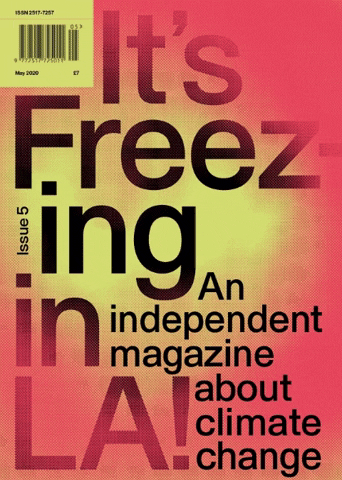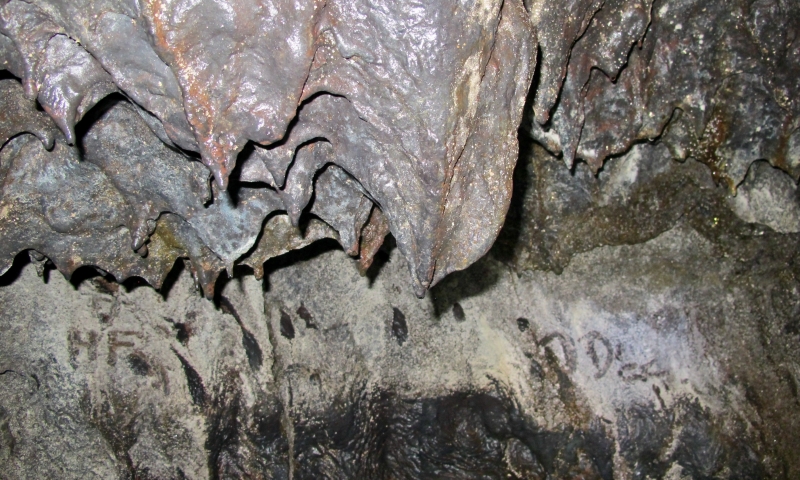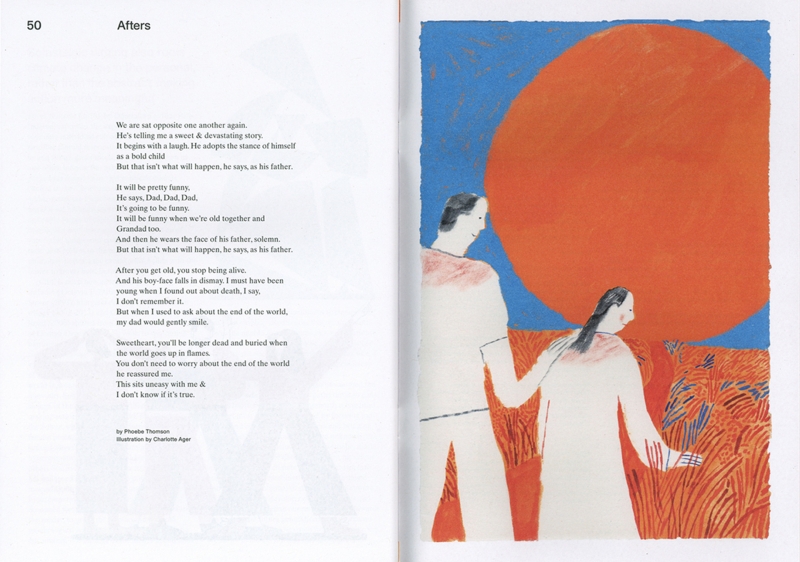Lake Orta, where the island of San Giulio is located, is a lake with a mind of its own. An original that, instead of sending the waters southward, sends them to the north, as if it wanted to give them to Monte Rosa. |
|
Gianni Rodari
The Generous Lake
by Zosia Swidlicka
It’s late afternoon. The sun is entangled in a mesmerising ballet with the water. The lake cups the light in its dimples, illuminating its rippled body. One hand stretches out to shore, enticing the locals back out onto the piazza. But the entire town is still asleep for the final minutes of the siesta.
I lift my gaze to the horizon line, where emerald bush gathers thick atop its mounds and within its folds. It dips and rises above the water, hugging it from all sides in a protective embrace. I feel like I’m being pulled into a circle of energy that’s zig-zagging across the water.
Balzac once wrote about this place that it “awakens unusual ideas”. What had he seen in Lake Orta that has been lost in the passage of time? Somewhere over the years, we started running through acres of death and destruction towards a precipice of our own making. Now, spluttering and suffocating, we have to change course. Can the wonders of the natural world help us get there?
The source of the force field seems to be coming from the middle of the lake, where the island of San Giulio swells from its depths. From afar, I make out a cluster of rose-coloured roofs and spires piled on top of one another and framed by monumental cypress trees. I can’t see a single leaf quaking in the breeze; the whole island is still as a photograph, frozen in time.
Local lore says, in the fourth century, a Greek priest named Julius arrived on the lake’s north shore in Omegna. But none of the town’s inhabitants would agree to take him to the island because it was infested with snakes. But Julius wouldn’t give up, so they chased him out of town, hurling turnips at his back. But still he insisted. He laid his cloak onto the water, stepped onto it and, using his staff as an oar, rowed himself onto the island before proceeding to drive all the snakes to the bottom of the lake. To celebrate his victory, he built a church on the island. Yet back in Omegna, not a single turnip has grown in its soils to this day.
I’m not wearing a cloak, or carrying a staff, so I opt to travel to the island by boat. The pastel blocks and angular lines of Pella make way for the imposing Romanesque facade of the church.
I’m pregnant with anticipation, holding my breath as I walk up the stone steps in search of those “unusual ideas”. But all I hear is silence. It swims around in my ears. I brush against the walls of the Benedictine convent, listening for a sign of the 80-odd nuns contained within, but the vow of silence they took decades ago is still in place. I find their invisible, worldless presence strangely comforting as I loop slowly around the island. And then I’m back where I began, but something’s changed.
The light is turning pink. Pella is awake. I slice through the water once more. The clouds lie low, caressing the tips of the waves with their wispy edges. I reach out to get a hold of one of the nebulous forms, but it escapes my grip. I wonder how many people before me had come to this spot and gazed at the clouds, the chestnut trees, the curves of the lake. And I realise, we don’t need “unusual ideas”. We need to look at what’s in front of us. To see the resilience of nature. To preserve the environmental sensations our grandparents felt before us, so that our children can feel them too. The landscape connects us through its mysteries.
I now understood why the nuns had sworn never to speak again: so we could hear what nature has been telling us all along.
I hope the turnips will grow again.
|
Zosia Swidlicka “writes about the unexpected aspects of the creative process” (among other themes) and was one of the participants in Writing for a Substantially Altered World, an online climate literature workshop organised by the magazine It's Freezing in LA! and maat on the theme of Solastalgia. |
|









